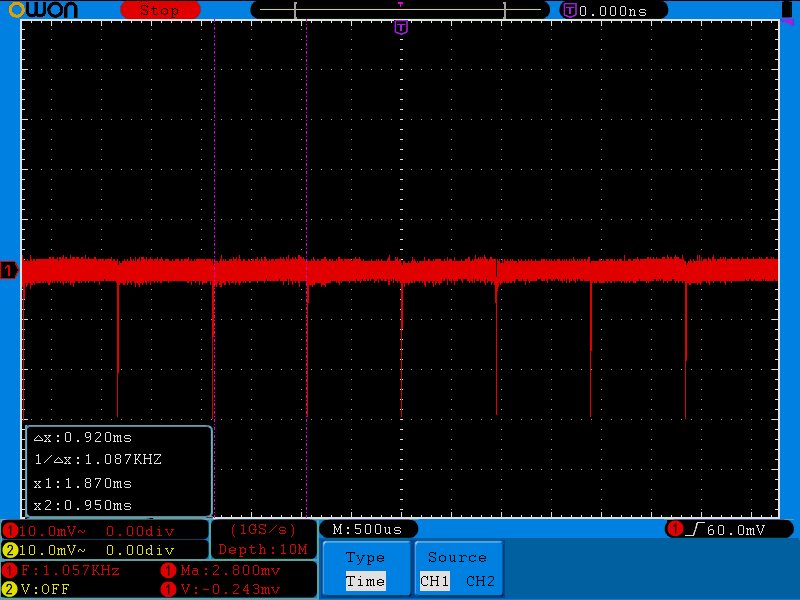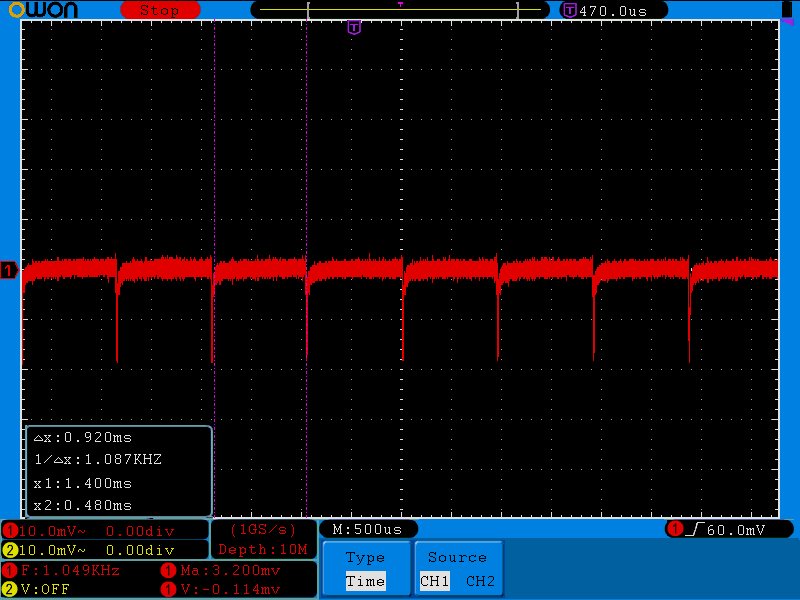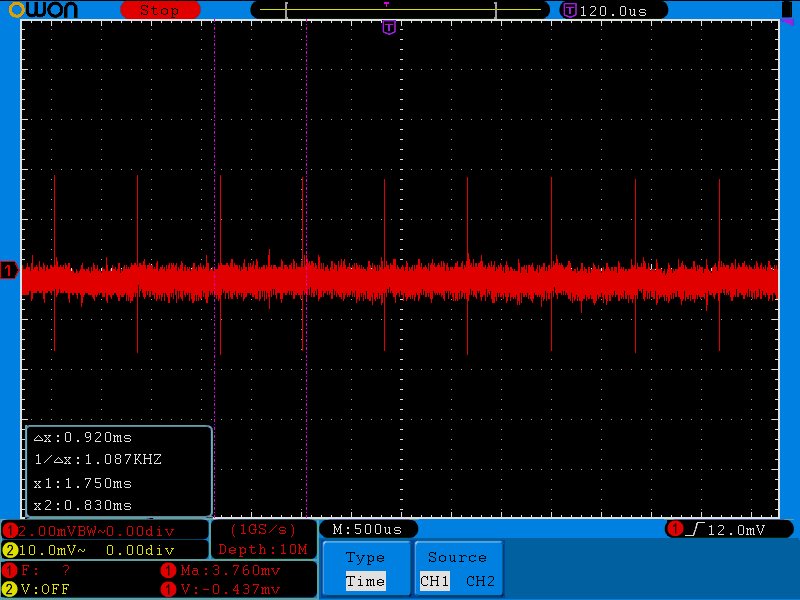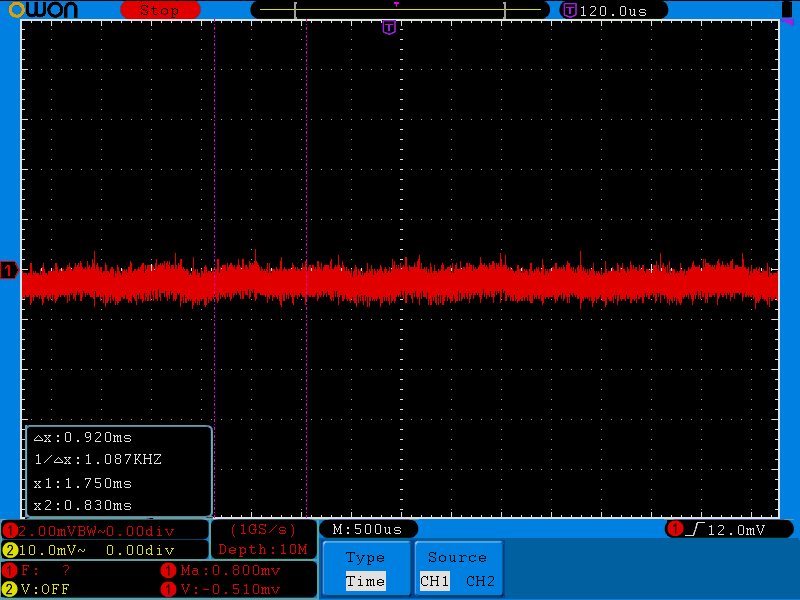I'm having an odd issue with this chip. I've been bringing up the board piece by piece, and after adding in a second op amp utilizing the power rails created by this chip (+/- 2.5V), it began to have a strange start up behavior. Upon applying power to the board (5V), the LM27762 produces the appropriate rails, but the current draw on the 5V supply is around 200mA and the switching capacitor (C1) has a 2Mhz square wave on it. After a variable amount of time, usually around a minute, the current draw on the 5V supply drops to 20mA or less (i.e. where I expect it to be), and the switching cap shows short 2Mhz bursts at a frequency of around 46Khz.
This points to some startup instability, but I'm not sure where to look. I used Webench to get the discrete values for this design, and tried to keep the layout as close to the recommended design as I could.
Suggestions?







